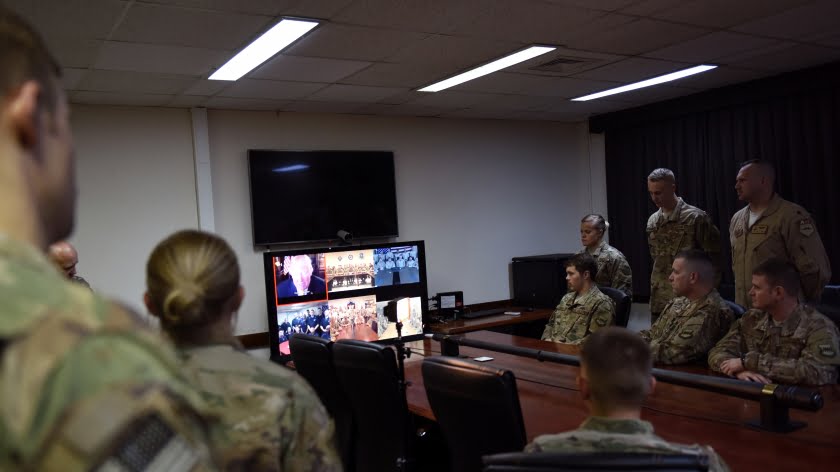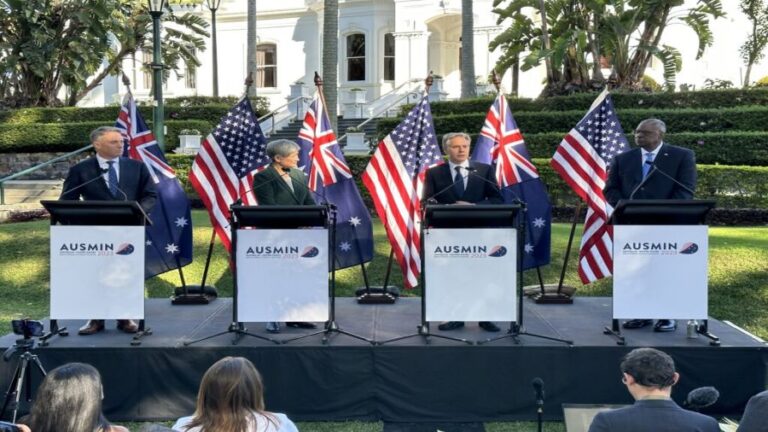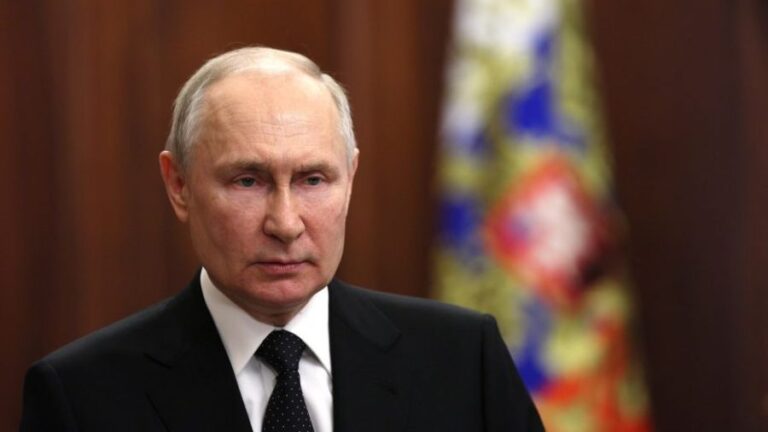Trump’s Japanese Sojourn was Much More Successful Than the Media Made It Seem
The Mainstream and Alternative Medias have poked fun at Trump’s Japanese sojourn after he was spotted playing golf, eating cheeseburgers, and watching sumo wrestling as if he was just a regular tourist on vacation, but in reality, the American President accomplished quite a lot behind the scenes when it comes to “containing” China.
A Joke Of A Sojourn?
The picture that emerged from Trump’s Japanese sojourn had the feel of a regular tourist on vacation after he was spotted playing golf, eating cheeseburgers, and watching sumo wrestling, which is why both the Mainstream and Alternative Medias poked fun at him and made it seem like he didn’t accomplish anything of significance while there. That’s not true, though, because he actually achieved quite a lot behind the scenes when it comes to “containing” China, though only the keenest of observers would have caught that.
It wasn’t until after the lighthearted photo-ops from the beginning of the trip were completed that the two leaders really got down to business, after which they agreed to an estimated $10 billion defense deal for the US to sell Japan over 100 F-35 warplanes. Still, some voices didn’t take that all too seriously because of the unit’s many heavily publicized problems during production, but it’s the two statements that were made afterwards that add some strategic contextual significance to that arms agreement and show why this trip was much more important than most observers originally thought.
“Lead From Behind”
Prime Minister Abe revealed during a joint press conference with Trump that the two sides discussed the following spheres of multilaterally shared interests:
“In today’s summit meeting, we welcomed the steady progress of U.S.-Japan cooperation, looking toward the creation of free and open Indo-Pacific, including the areas such as energy, digital, and infrastructure.
Going forward, we will walk hand in hand and promote the cooperation for the realization of this common vision of our two nations. We will be promoting the idea forcefully. With countries concerned — like Australia, India, ASEAN, UK, and France — we will fortify the cooperation toward the realization of a free and open Indo-Pacific. We will enhance and expand our efforts. We agreed on that.”
This is nothing more than a declaration to double down on the “Chinese Containment Coalition” that they plan to build by expanding the Quad to include all interested countries, both large and small.
Near the tail end of the trip when Trump visited Japan’s only de-facto aircraft carrier, he proudly boasted that his East Asian ally will militarily support the US in the greater region, saying that“With this extraordinary new equipment the Kaga will help our nations defend against a range of complex threats in the region and far beyond.” Taken together with the F-35 deal and Abe’s “free and open Indo-Pacific concept“, it’s increasingly obvious that the US wants Japan to function as one of its premier “Lead From Behind” allies for “containing” China in the so-called “Indo-Pacific” region.
“Containing” China In The Afro-Pacific
The other partner, quite naturally, is expected to be India, which is predicted to complete its pro-American pivot during Modi’s second term in office across the next half-decade. India and Japan are already strategic partners, and their Asia-Africa Growth Corridor (AAGC) is intended to compete with China’s Belt & Road Initiative (BRI), but not in the far-reaching and very visible sense that some people might think. Rather, the AAGC isn’t all about grandiose infrastructure projects (though there are a couple of them too such as the Greater Mekong Subregion’s East-West and Southern Economic Corridors) but mostly about their soft counterparts, filling in the educational, health, job training, microfinancing, and other gaps that China has neglected to pay attention to in its pursuit of physical connectivity. While incomparable to one another in their scope and scale, it shouldn’t be underestimated just how effective the AAGC can be with American backing if anti-BRIHybridWars get China’s Silk Road partners to realize the benefits of “balancing” between these two megaprojects.
The AAGC “connectivity alternative” (which also functions as “complementary connectivity” and might accordingly be marketed by them as such) isn’t the only form of US-supported Indo-Japanese anti-Chinese containment because the military component is equally important. Like was mentioned in the previous subsection about the “Lead From Behind” stratagem, the US envisions Japan exerting its military influence far beyond its borders and into the broader “Indo-Pacific” region (which the author regards as the “Afro-Pacific” after rebranding the “Indian Ocean” as the much more historically, geographically, and strategically accurate “Afro-Asian Ocean”), which can only be possible through a US-led Indo-Japanese military alliance such as the sort that’s presently being created. Just like how these three countries regularly accuse China of having ulterior military motives behind its many global port projects, so too might they actually have the same when it comes to some of their AAGC investments as well.
In addition, India might also sign a LEMOA-like pact with Japan to allow the island nation to use some of its military facilities on a case-by-case basis like it already allowed the US, which could therefore enable Japan to permanently establish a naval presence in the Afro-Asian (“Indian”) Ocean region. If the US, India, Japan, the UK, Australia, andFrance all sign similar pacts with one another and increase their interoperability, then it’s foreseeable that they could eventually use one another’s naval facilities all throughout the Afro-Pacific, thus leading to the fulfillment of Abe’s “free and open Indo-Pacific” concept for “containing” China. Coupled with the AAGC economic component (made all the more attractive by the the US’ anti-BRI Hybrid Wars), it’s clear that a very serious challenge is emerging to China’s plans, one which was made all the more acute and urgent after Trump’s latest sojourn to Japan saw him and Abe agreeing to have Tokyo “forcefully promote” the “free and open Indo-Pacific” concept far beyond the island nation’s borders and into the broader Afro-Pacific region.
Concluding Thoughts
Those in the international audience who had the interest to continue following Trump’s Japanese sojourn after his fun photo-ops playing golf, eating cheeseburgers, and watching sumo wrestling would have seen that this trip was actually much more serious than it was publicly presented considering what the two leaders eventually said near the tail end of it. The estimated $10 billion arms deal to supply over 100 F-35s to Japan was already a huge development as it is, but it was made all the more geostrategically relevant after Abe signaled his country’s desire to “forcefully promote” its “free and open Indo-Pacific” concept, which led to Trump’s publicly expressed expectation that Japan will militarily support the US “in the region and far beyond”. The main takeaway from this heavily publicized trip is that Japan is ready to function as one of the US’ primary “Lead From Behind” partners alongside their mutual Indian ally in order to “contain” China in the Afro-Pacific, which will inevitably contribute to the New Cold War‘s escalation.
By Andrew Korybko
Source: Eurasia Future







